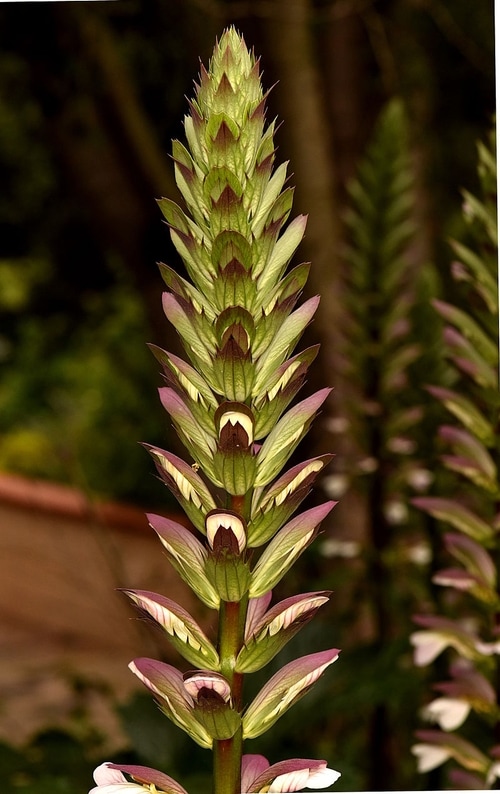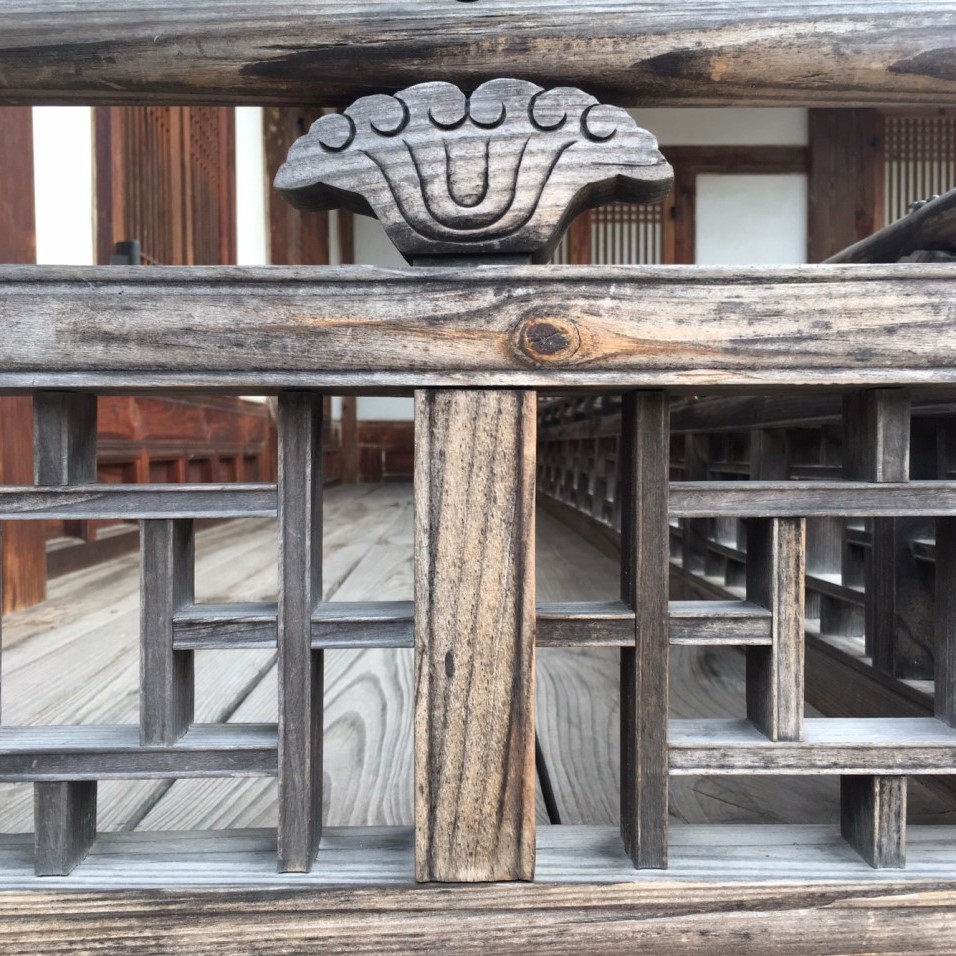I.D.
Patterned Candle Sleeve
Fall '19

Patterned Candle Sleeve
An imprint of my identity, as presented through delicate patterns in both positive and negative spaces.
Patterned Candle Sleeve
Fall '19

An imprint of my identity, as presented through delicate patterns in both positive and negative spaces.

The project started out by taking an inventory of all the things that I owned. It was not just a simple list of things that I owned, but images of things that I hold dear. Things that I love.




Some of the most memorable objects I have owned were miniature buildings my dad brought home from his business trips. I remember being mesmerized by some of the delicate patterns engraved on to the walls of the buildings. This led me to dig deeper into Arabesque pattern that left me with the strongest impression.
I designed my own patterns in parallel to researching to better understand the fundamental structure underneath.








I wanted the artifact to have a personal touch; a sense of familiarity that spoke to my identity and who I am. I explored ways in which I could incorporate traditional Korean patterns, and the lotus flower, a popular motif in Korea that symbolizes "purity". I then explored various physical forms that would carry the pattern.








I also began working in illustrator, in preparation for laser cutting the patterns onto various materials.






I proceeded to explore various 3 dimensional forms that will carry the patterns that I had created. The flat and regular surfaces reflect the rectilinear patterns seen in traditional Korean architecture, and creates an interesting dichotomy with the undulating arabesque vector patterns.












I tested cutting and engraving with the laser cutter on three different types of wood [Redwood, Walnut, Poplar] with varying thickness







Where will it sit? How will it interact with its environment? What will it do? What is its purpose?
I explored ways in which I could incorporate shadows being cast onto the form.
How will it look with the light behind the form? How will it look with light projected onto the form?
Using Fusion 360, I measured the lengths at which the cutouts must be offset in order to cast the shadow that took on the form of the lotus motif.












